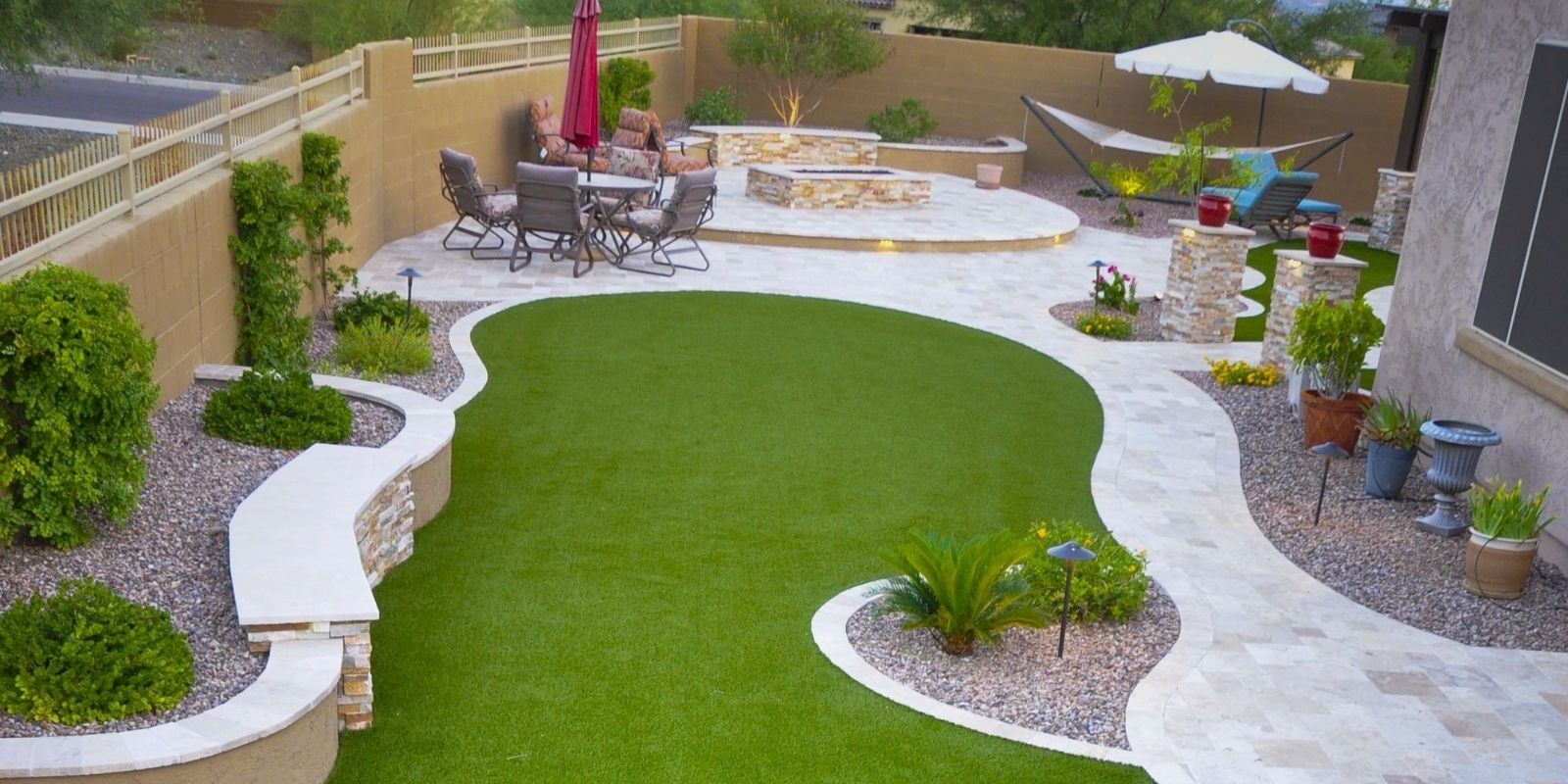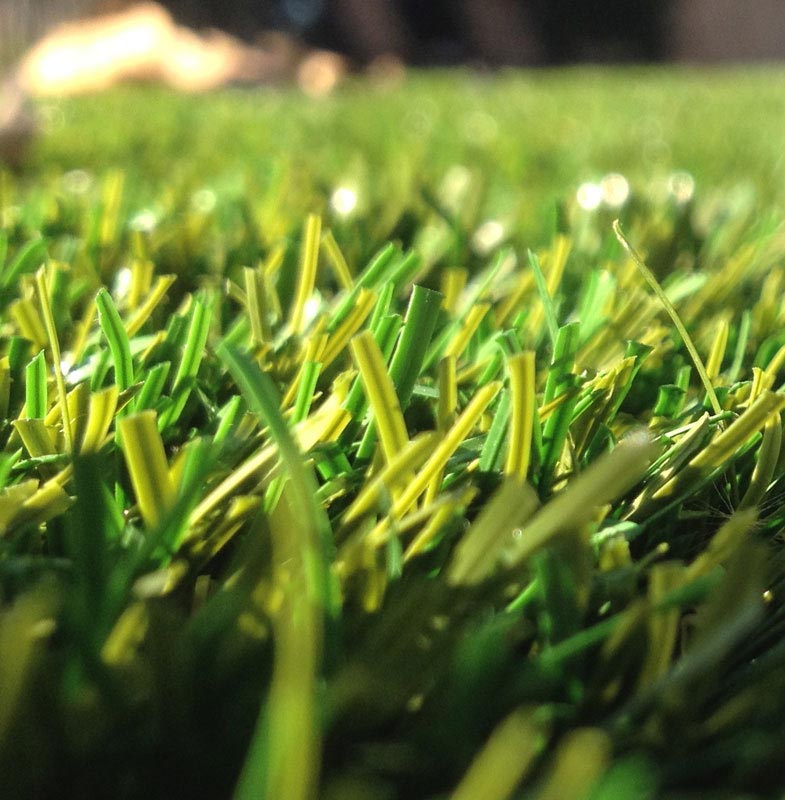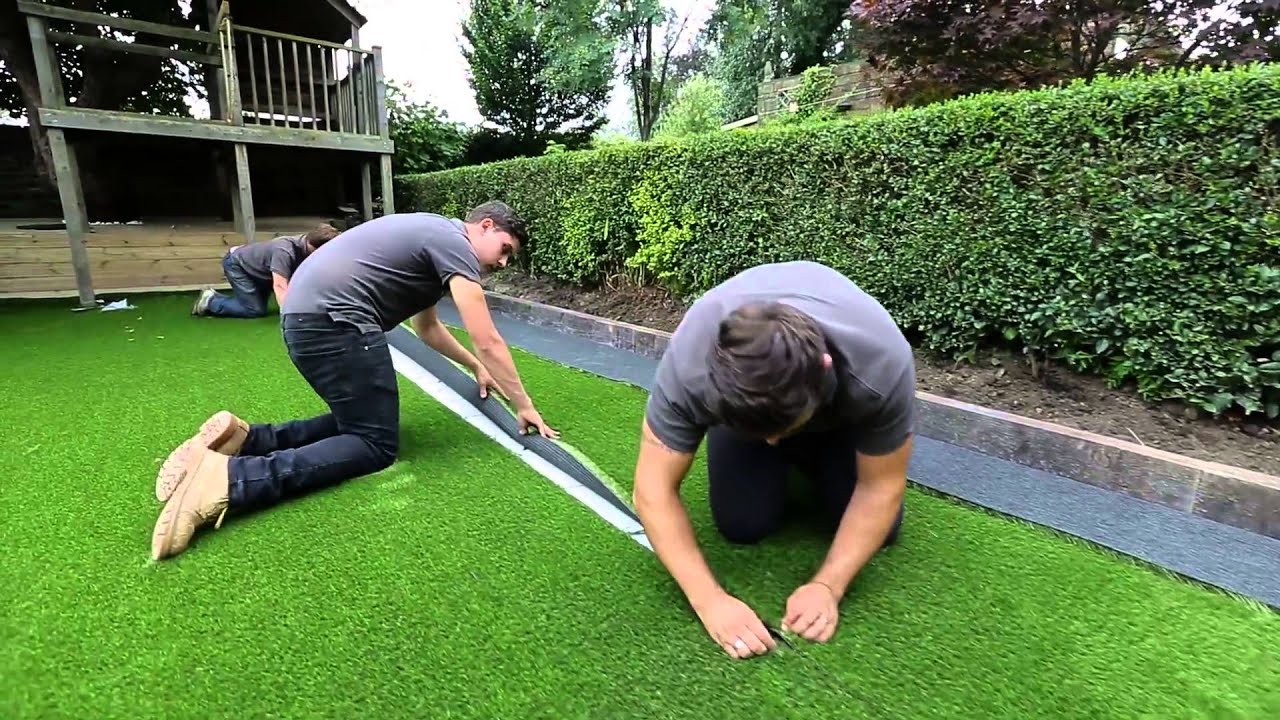Premier Phoenix Turf Companies Providing High-End Synthetic Lawn Solutions
Explore the Environmental Benefits of Opting for Synthetic Grass Solutions
The fostering of man-made lawn services provides an engaging chance to attend to pushing environmental obstacles. By considerably reducing water usage and decreasing the application of damaging chemicals, these alternatives not just advertise sustainable landscaping however additionally shield neighborhood ecosystems.
Water Conservation Advantages
One of the most considerable benefits of man-made grass is its ability to preserve water. In contrast, man-made turf does not need watering, significantly lowering the total need for water resources.
By getting rid of the need for routine watering, synthetic grass adds to lasting landscape techniques and aids minimize the environmental impact of too much water usage. Furthermore, the preservation of water prolongs to the reduction of drainage, which can bring about soil disintegration and waterway air pollution.
Additionally, the setup of synthetic grass enables house owners and municipalities to allot water resources much more effectively, concentrating on important usages such as alcohol consumption water and agriculture. The change in the direction of synthetic grass not only promotes liable water use but additionally straightens with wider environmental goals targeted at preserving natural deposits.
As communities significantly prioritize sustainability, the water conservation advantages of fabricated grass present a compelling instance for its fostering in business and residential landscape design projects.
Reduced Chemical Usage
The transition to fabricated turf substantially reduces the reliance on chemical therapies generally utilized in all-natural yard maintenance. Standard lawn management typically involves the application of pesticides, fertilizers, and herbicides to advertise development and control insects. These chemicals can present dangers to human health, neighborhood wildlife, and the setting, adding to dirt and water contamination.
On the other hand, synthetic grass removes the requirement for these dangerous substances. Once installed, it requires very little upkeep, mainly including regular cleaning and occasional infill replenishment. This reduction in chemical usage not just profits the immediate setting however likewise adds to broader eco-friendly security. By lessening the release of artificial substances right into the community, artificial grass promotes much healthier soil and water systems.
Moreover, the lack of chemical overflow related to man-made turf installments helps protect regional waterways from air pollution, supporting water life and keeping biodiversity. Turf installation phoenix az. As neighborhoods increasingly prioritize lasting practices, selecting synthetic grass offers a sensible solution that aligns with ecological preservation goals. With this change, residential or commercial property owners can delight in lavish environment-friendly areas without compromising eco-friendly health, leading the way for a much more lasting future
Reduced Carbon Impact

In addition, the installation of artificial grass can result in considerable water preservation. Natural lawns call for substantial quantities of water for watering, which not only includes in the carbon footprint connected with water removal and treatment but likewise pressures local water resources. On the other hand, synthetic grass requires very little maintenance, calling for no watering, thereby significantly reducing water usage and its associated energy costs.
In addition, the longevity of synthetic grass adds to its decreased carbon effect. With a lifespan of approximately 15 years or more, the demand for frequent replacements is decreased, leading to less waste and reduced energy usage in production and disposing of conventional grass options. On the whole, synthetic grass offers a lasting alternative for environmentally aware landscape design.
Habitat Preservation
Environment preservation is an important factor to consider in the argument over landscaping selections, specifically when comparing fabricated lawn to natural lawn. All-natural grass yards often need considerable maintenance, including making use of herbicides, chemicals, and plant foods, which can negatively impact local environments. These chemicals can seep right into the dirt and rivers, hurting native flora and fauna and interrupting local habitats.
Man-made turf gets rid of the need for unsafe chemicals, thus protecting close-by wildlife and preserving the stability of surrounding ecosystems. The setup see this site of synthetic lawn can lead to the conversion of previous yard areas right into more biodiverse landscapes, such as pollinator yards or native plant areas, which can support neighborhood wildlife.
Inevitably, the transition to synthetic grass not just saves water and decreases upkeep initiatives however additionally cultivates a much more unified partnership in between human activities and the native environment, promoting habitat preservation while doing so.
Long-Term Sustainability
Long-term sustainability is a crucial element in evaluating the benefits of synthetic turf over conventional grass lawns. Among one of the most considerable advantages of synthetic grass is its toughness; it can last up to 15-20 years with minimal maintenance, whereas natural yard requires frequent reseeding and substitute. This durability reduces the requirement for constant sources, such as water, fertilizers, and pesticides, which are vital for maintaining a healthy and balanced grass yard.
In addition, man-made lawn adds to a decrease in carbon emissions linked with lawn treatment equipment. Typical lawns commonly need gas-powered mowers, leaners, and blowers, all of which contribute to air pollution. Arizona turf. On the other hand, artificial lawn eliminates the need for such tools, promoting a cleaner environment
Additionally, the production of synthetic grass significantly uses recycled products, boosting its sustainability account. As suppliers take on environmentally friendly techniques, the ecological impact of synthetic turf remains to reduce.

Final Thought
The fostering of synthetic grass solutions offers substantial ecological advantages, consisting of considerable water preservation, minimized reliance on hazardous chemicals, and a reduced carbon footprint. Fabricated grass aids in maintaining all-natural environments by reducing land disruption and promoting lasting sustainability via the usage of durable materials. Look At This Jointly, these factors underscore the possibility of synthetic grass to add favorably to ecological health and provide a feasible choice to traditional landscape design practices in a significantly resource-conscious world.
In comparison, man-made turf does read not require watering, considerably minimizing the total need for water resources. By lessening the launch of artificial compounds right into the community, artificial grass advertises healthier soil and water systems.
Additionally, the installment of fabricated turf can result in substantial water preservation. In comparison, synthetic grass needs very little upkeep, requiring no watering, thus dramatically lowering water use and its linked power expenses.
